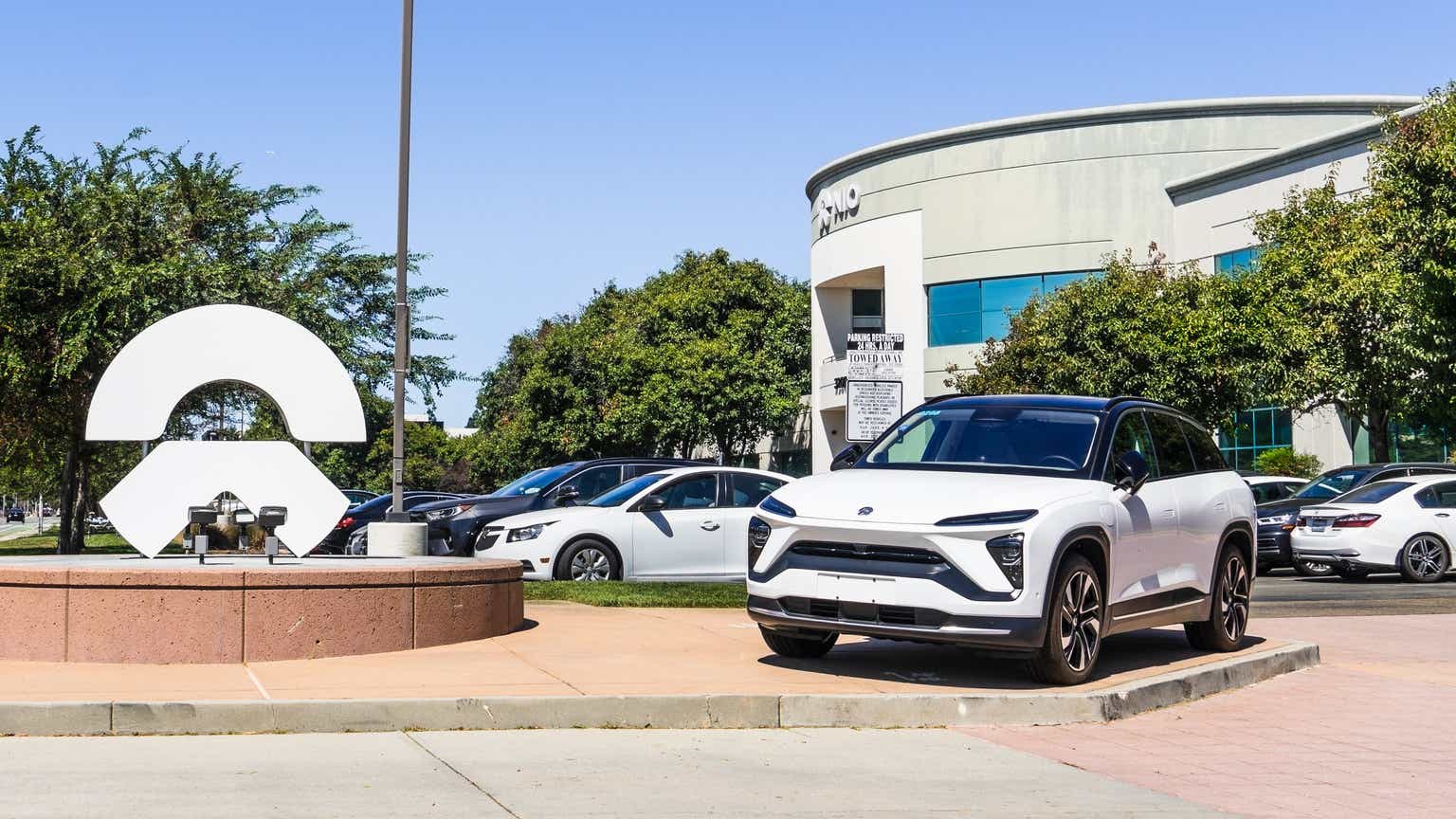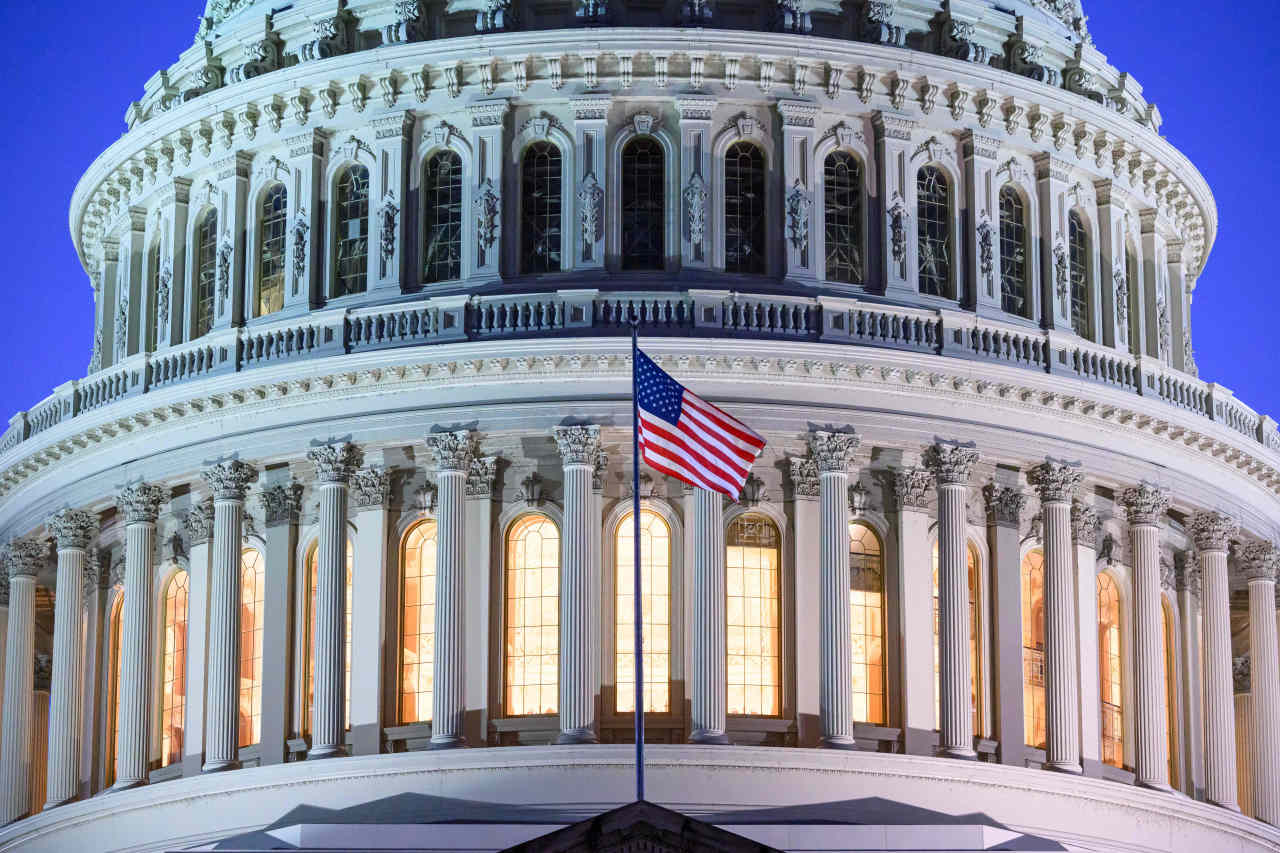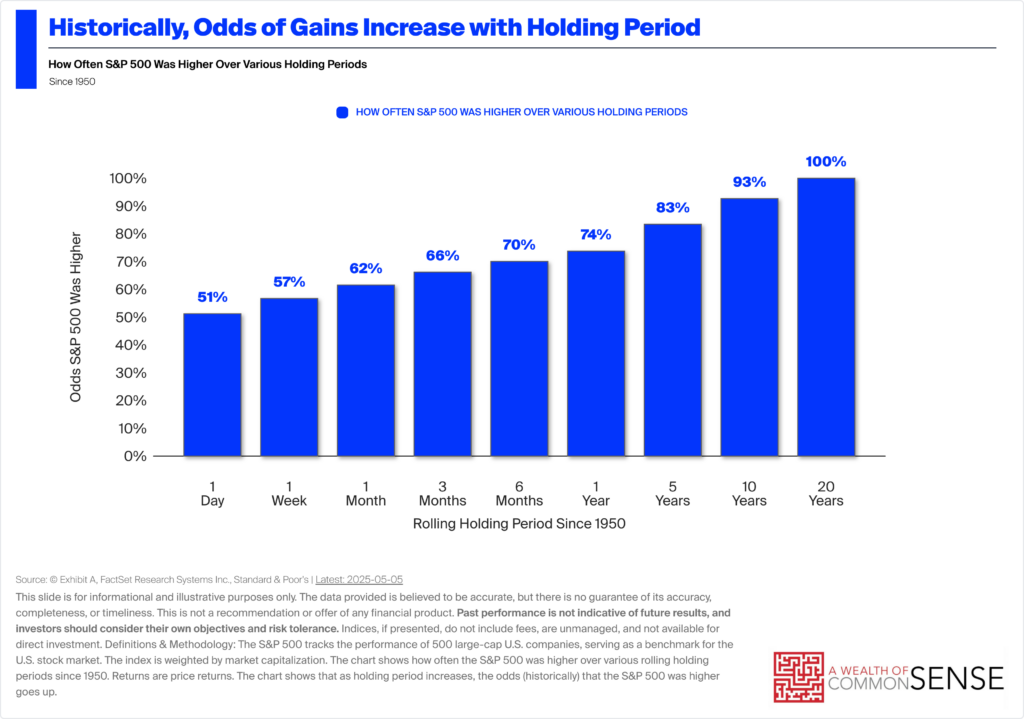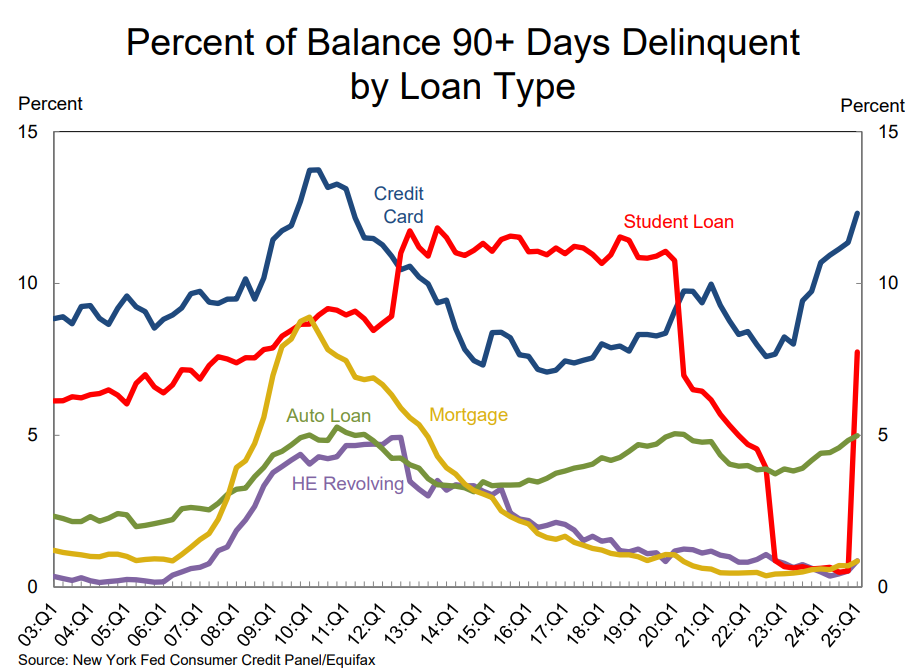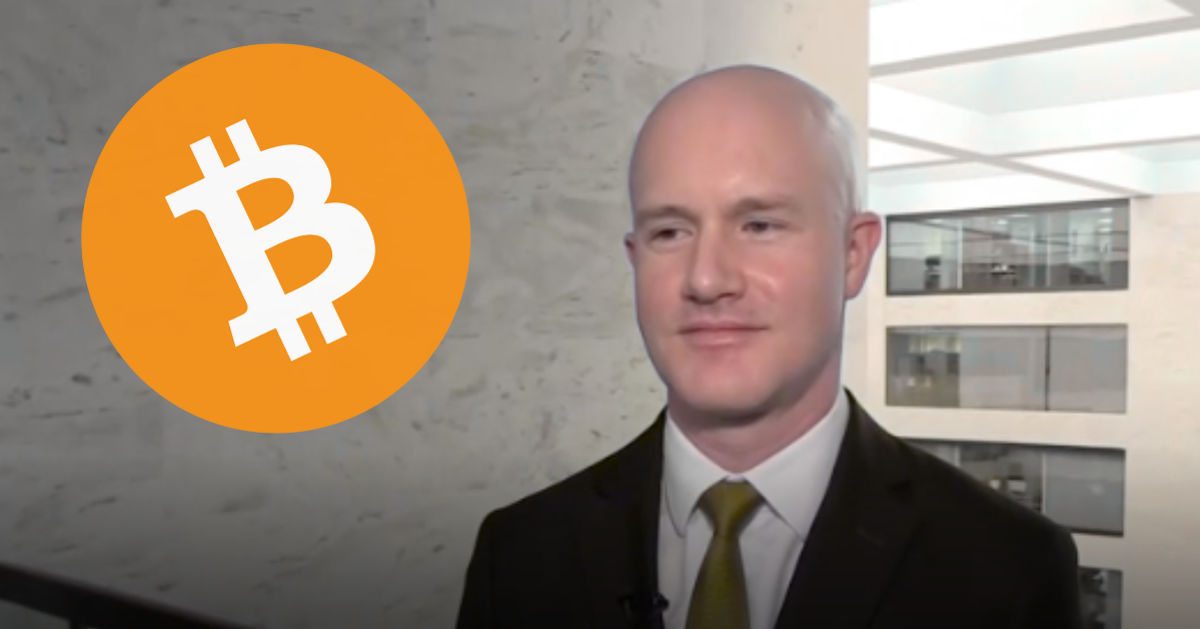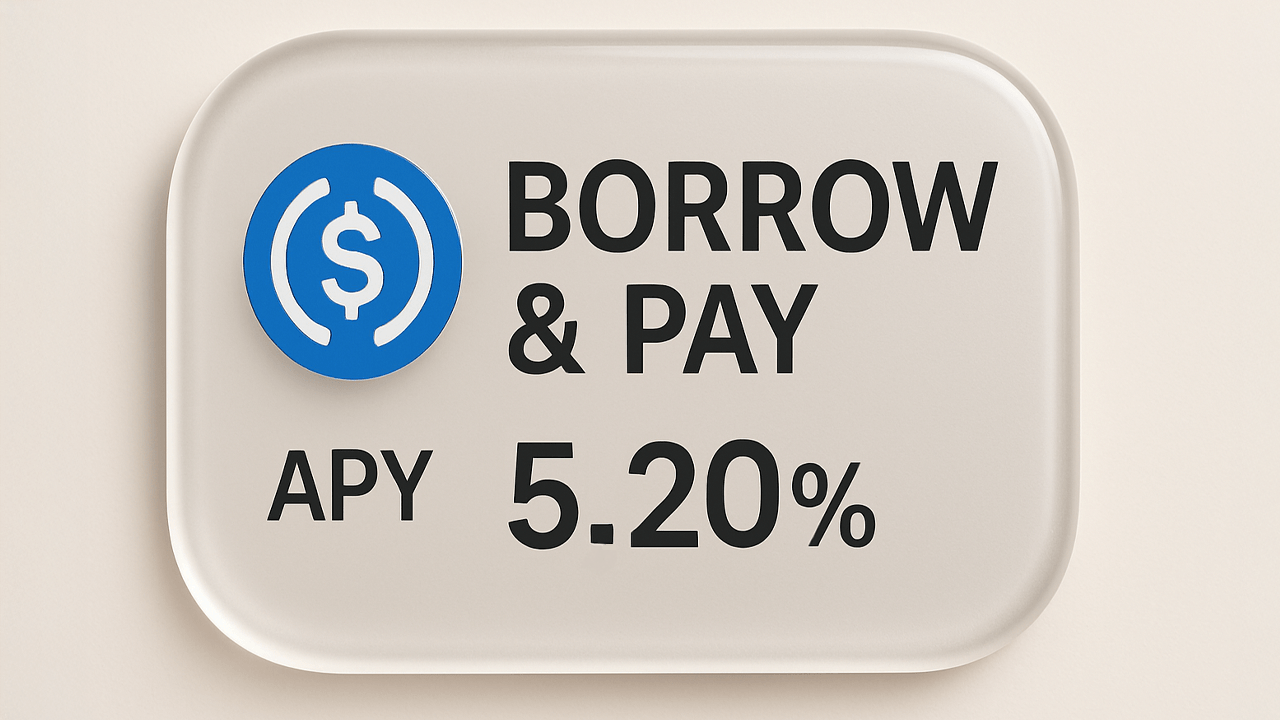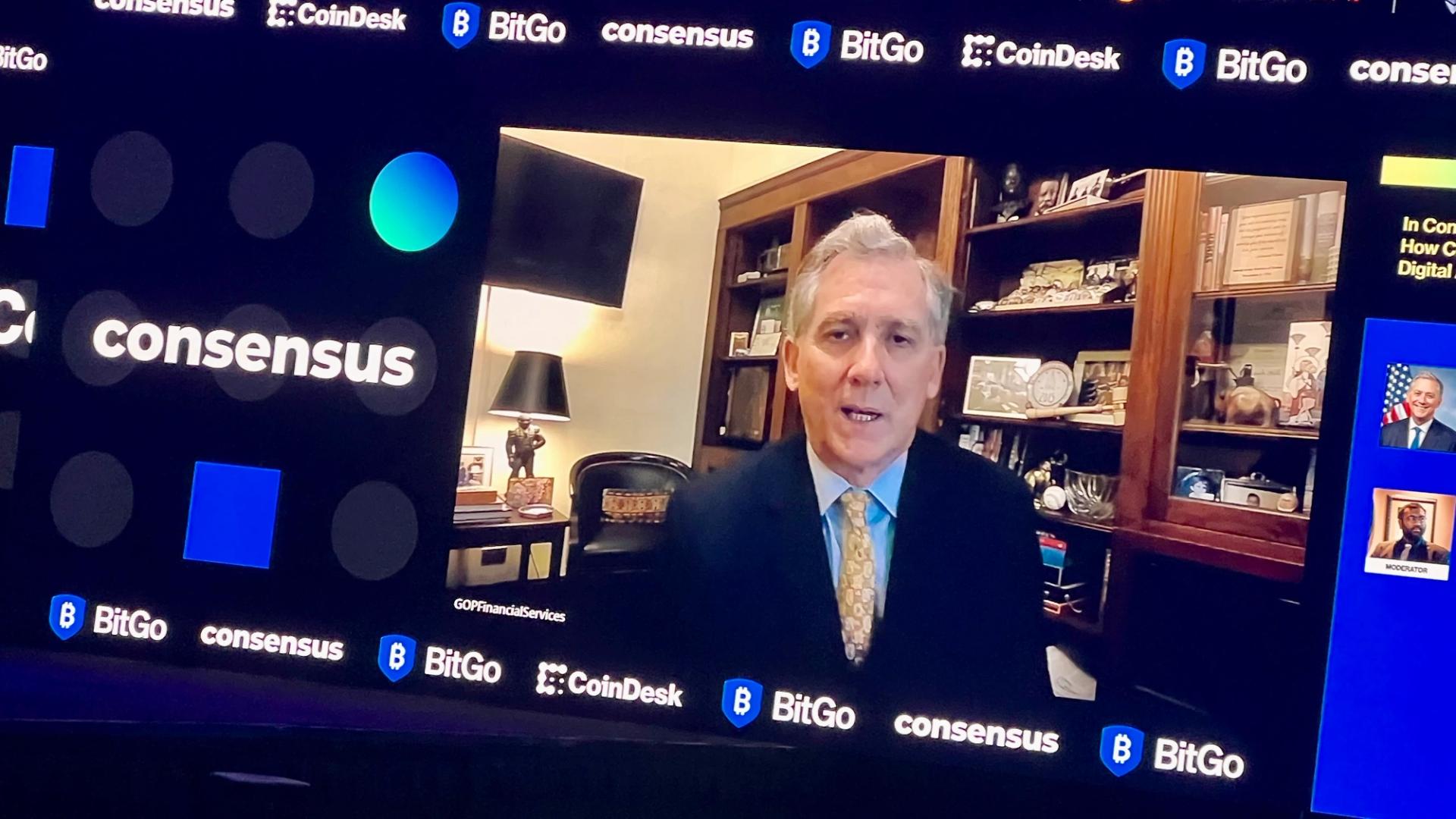3 Changes to the 401(k) Laws Congress Should Make – But Probably Won’t
Whether you’re close to retirement or considering how many more years of work you have left, it’s always a good time to ensure your 401(k) is healthy. For most people, a 401(k) account will be among the most essential financial tools they have available to live on throughout their golden years. As necessary as this […] The post 3 Changes to the 401(k) Laws Congress Should Make – But Probably Won’t appeared first on 24/7 Wall St..

Whether you’re close to retirement or considering how many more years of work you have left, it’s always a good time to ensure your 401(k) is healthy. For most people, a 401(k) account will be among the most essential financial tools they have available to live on throughout their golden years.
If Congress wants to seriously consider helping Americans retire, it should reconsider some current 401(k) rules.
Some rules would be easy to enact and likely popular with voters.
Hopefully, these three changes would dramatically improve retirement lifestyles for low and middle-class Americans.
Four million Americans are set to retire this year. If you want to join them, click here now to see if you’re behind, or ahead. It only takes a minute. (Sponsor)
Key Points
As necessary as this account type is, there is always a question of what else can be done to help broaden the opportunity for 401(k) accounts to have more of an impact. Whether it’s expanding access to part-time workers or increasing catch-up contributions for older workers, more can always be done.
Automatic Enrollment
One of the most hopeful changes that Congress could roll out that would immediately impact everyone’s lives is automatic enrollment for all employers. Assuming there is an easy opt-out, mandating enrollment in 401(k) accounts would help dramatically increase retirement savings plan contributions almost overnight.
This could come to life as employees enrolling in the program at a traditional contribution rate, which is generally up to 6% of their salary, as this is the number most employers will match. Numerous studies show that companies that have mandated participation have seen enrollment increase to as many as 90% of employees.
This will be particularly helpful for low and middle-class workers, and it will undoubtedly benefit millions in the long term. The hope is that workers in lower-paying jobs, such as retail or hourly roles, will start to build up retirement nest eggs even earlier and this is the group that needs the most help in saving for retirement as there is generally a concern around a lack of understanding about how benefit 401(k) accounts can be in the long run.
Compounding Benefits
When you think about how contributing early allows money to compound every year, there is no question that everything about the idea of automatic enrollment sounds positive. While it’s hard to say exactly how much someone could earn depending on their risk level in the market, someone earning $50,000 annually and contributing 6% annually from age 25 could wind up with just under $500,000 by the time they turn 65.
Reducing the Savings Gap
There is no question that some employees will opt out and instead want a higher take-home pay, but Congress can take action to ensure that those who stick with automatic enrollment are on a good path. The best aspect is that automatic enrollment could dramatically reduce the savings gap between various income groups.
Increase Catch-Up Contribution Limits
Under the current 401(k) system, there is an opportunity for those 50 and older to increase their 401(k) contribution amounts as a “catch-up” opportunity. According to the IRS, the current contribution level for pretax and Roth employee contributions is $23,500. However, under the catch-up rule issued by the IRS, those 50-59 can increase this amount by $7,500. If you are 60-63, this catch-up amount increases by $11,250 if the plan allows.
The catch is that if Congress wants to make a meaningful and immediately impactful change, it can address those who start late by increasing the catch-up amount. If you asked Congress to double the current amount to $15,000, at an average 6% return, this additional $7,500 contributed annually over 10 years would allow for an extra $165,000 in compounded retirement savings. This is hardly a small amount of money, especially considering that it might double the average retirement savings of the middle class by $150,000.
Middle Class Benefits
Any increase, especially double the current catch-up amounts, will benefit middle-income workers. For a group that is unlikely to have pensions available, this increased contribution amount would allow them to utilize a tax-advantaged opportunity to increase their savings and boost their standard of living in retirement.
It’s unfortunate that far too many middle-class workers don’t have enough saved for retirement. This is especially true for those 50 and over, so if enacted, Congress’s ability to double the contribution amount could help this group keep pace with rising costs due to inflation and future medical needs.
More Flexibility For Early Withdrawals
Another big win that Congress could deliver to millions of 401(k) holders around the country is to reduce the current 10% penalty (before taxes) imposed on this account type if you try to take out money before you turn 59.5. Congress could immediately help millions if it decided to make a certain amount of money penalty-free, say as high as $10,000 or even $20,000. This amount could be super helpful to cover any unforeseen costs like house or vehicle repairs and medical needs.
Congress should take action here primarily because it could allow people, especially low-income workers, to draw from a retirement fund before racking up credit card debt. This would also stop people from taking payday loans with high interest rates just to help them get by for another two weeks.
While everyone should have emergency funds, it’s much easier said than done. Increasing flexibility for early withdrawals, say $10,000 every five years, would prevent overuse but still be meaningful to those who need a quick influx of cash to avoid deciding between paying their mortgage and their electric bills.
Legislative Hurdles Await
All of these reforms sound easy enough, and there isn’t a ton of burden on Congress or the American public. Even so, there is little question that for any of these reforms to become a reality, they would have to navigate various legislative hurdles.
First and foremost, there is no question that financial institutions, especially those that earn billions per year, will lobby as hard as they can to prevent these reforms from becoming a reality. There is a strong likelihood that financial institutions would argue that any reforms would place undue burdens on smaller employers.
In addition, higher catch-up limits, however beneficial to the individual, could reduce tax revenue in the short term. This might be popular at the polls, but there seems to be little likelihood that even polls could sway politicians who rely on larger banks and similar companies to help bankroll campaigns.
Lastly, Republicans and Democrats would need to agree on these reforms. Since tax incentives and benefits often split party lines, this is another barrier to making these reforms a reality.
The post 3 Changes to the 401(k) Laws Congress Should Make – But Probably Won’t appeared first on 24/7 Wall St..









